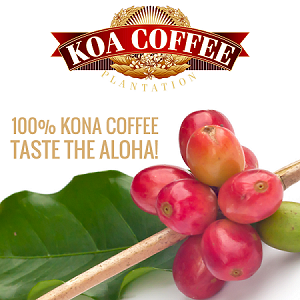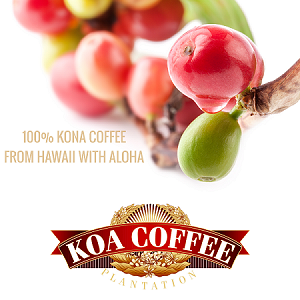Embark on a flavorful journey as we compare the bold dynamics of a shaken espresso vs latte, unfolding the artistry behind these beloved coffee creations. Our detailed exploration will reveal the nuances that define their distinct taste profiles and the unique experiences they deliver to coffee enthusiasts around the globe.
Tired of reading? Give your eyes a rest and listen to the article below.
- Introduction & Key Takeaway
- https://app.mysoundwise.com/tracks/16993160408993032e.mp3
- Comparing Brewing Methods
- https://app.mysoundwise.com/tracks/16993160656499185e.mp3
- Flavor Profiles
- https://app.mysoundwise.com/tracks/16993163509950830e.mp3
- Caffeine Content
- https://app.mysoundwise.com/tracks/16993163787071650e.mp3
- Latte vs Shaken Espresso: Nutritional Comparison
- https://app.mysoundwise.com/tracks/16993164048493958e.mp3
- Popular Variations
- https://app.mysoundwise.com/tracks/16993164262831843e.mp3
- Conclusion & FAQs
- https://app.mysoundwise.com/tracks/16993166334567114e.mp3
Latte vs Shaken Espresso: Key Differences
- Preparation Technique: A shaken espresso is made by vigorously shaking espresso shots with ice, which results in a frothy texture and a chilled beverage, while a latte involves pouring steamed milk into a shot of espresso, creating a warm and creamy drink.
- Texture and Temperature: The texture of a shaken espresso is aerated and icy with a foamy layer on top, typically served cold. In contrast, a latte has a smooth and velvety texture from the steamed milk, and it is enjoyed hot.
- Flavor Intensity: Shaken espresso offers a more pronounced coffee flavor, as the ice-shaking process doesn’t dilute the espresso’s intensity. A latte, on the other hand, has a milder coffee taste due to the higher milk-to-espresso ratio.
- Caloric and Nutritional Content: Generally, a shaken espresso is lower in calories and dairy content, particularly if no sweeteners or milk are added post-shake. A latte can be more indulgent, with higher calorie content owing to the amount of milk, which also provides protein and calcium.
- Customization and Variations: While both drinks can be customized with various syrups and milks, shaken espressos often incorporate flavored syrups before shaking, infusing the drink with these flavors. Lattes offer a canvas for latte art and can be flavored with syrups, spices, or even blended with teas to create variations like the chai latte.
Comparing Brewing Methods
The quest for the perfect coffee drink brings us to the heart of the brewing process. Whether you prefer the vigorous shake of an espresso or the soothing pour of steamed milk in a latte, each brewing method offers a distinct taste and experience. The meticulous approach to preparation underscores the complexity of coffee and the diverse preferences it caters to.
Shaken Espresso
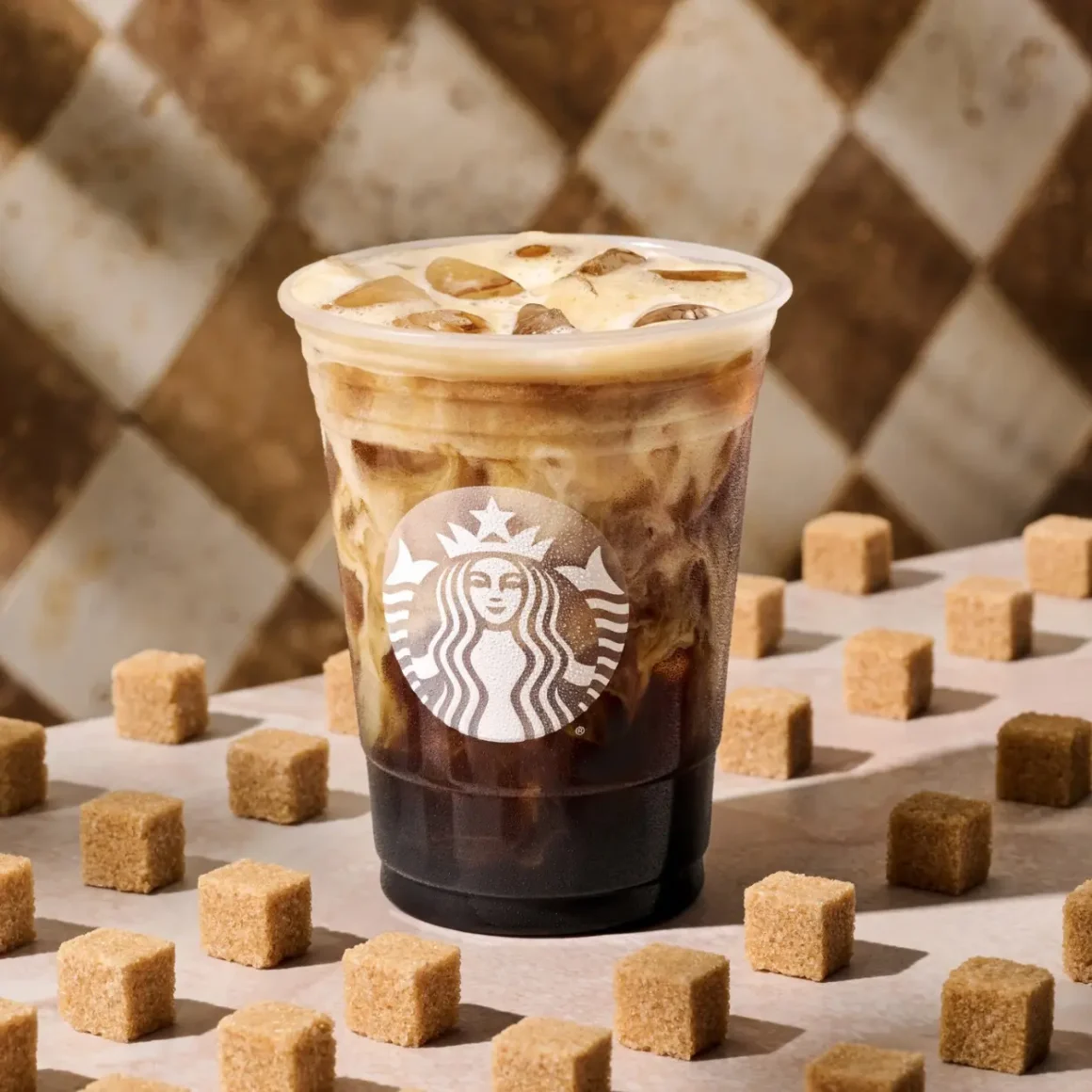
What is a shaken espresso? It’s a method of coffee preparation that brings together the concentrated power of espresso with the refreshing chill of an iced drink. (1) Here’s a closer look at how to make a shaken espresso:
- Espresso Base: Start with a double shot or triple shot of robust espresso, the core ingredient in the shaken espresso. The strong, concentrated flavors set the stage for a beverage that’s both invigorating and complex.
- Chilling Process: Transfer the hot espresso into a cocktail shaker brimming with ice. This step is where the magic happens—the shaking not only chills the drink but also introduces air, giving the espresso a velvety foam.
- Milk Addition: Once the espresso is thoroughly chilled and frothy from shaking, it’s time to strain the mixture into a glass filled with fresh ice. Now, add the desired amount of milk—about 1/4 cup is typical for a balanced flavor and texture. Whether you’re using 2% milk for a classic profile or opting for an oatmilk shaken espresso for a plant-based alternative, the milk is poured in after shaking to maintain its integrity and creamy consistency.
- Service and Style: The final step is to serve the drink immediately after adding the milk to preserve the crisp temperature and rich foam. The drink should have a beautiful layered effect, with the frothy espresso on the bottom and the milk cascading through it, offering a visual as inviting as the drink itself.
Learning how to make a shaken espresso means engaging with the espresso in a way that’s both physical and deliberate, ensuring that every sip offers a balance of flavor, chill, and exhilaration.
Latte

A latte is a perfect blend of strong espresso and silky steamed milk, often finished with a touch of artful foam. (2) When considering what is a latte, it’s recognized as a smoother and milkier alternative to other coffee beverages. Here’s a step-by-step guide on how to make a latte:
- Espresso Foundation: Brew one to two ounces of espresso using a quality coffee machine. The espresso should have a fine crema on top, which will mix with the milk for added richness.
- Milk Texturing: Steam the milk until it reaches a temperature of about 150-155 degrees Fahrenheit. The goal is to create microfoam, which is velvety in texture and holds its form well when poured.
- Combining the Elements: Gently pour the steamed milk into the cup with the espresso. Start from a height and then bring the pitcher close to the cup, which allows the milk to mix with the espresso, forming the body of the latte. Finish with a spoonful of foam to cap it off.
Whether you’re in the mood for a brisk, energizing shaken espresso or a comforting, smooth latte, mastering these brewing methods will allow you to recreate your coffee shop favorites in the comfort of your own home. Both methods showcase the versatility of espresso and the various ways it can be enjoyed, ensuring there’s a coffee drink out there for everyone’s taste.
Shaken Espresso vs Latte: Flavor Profiles
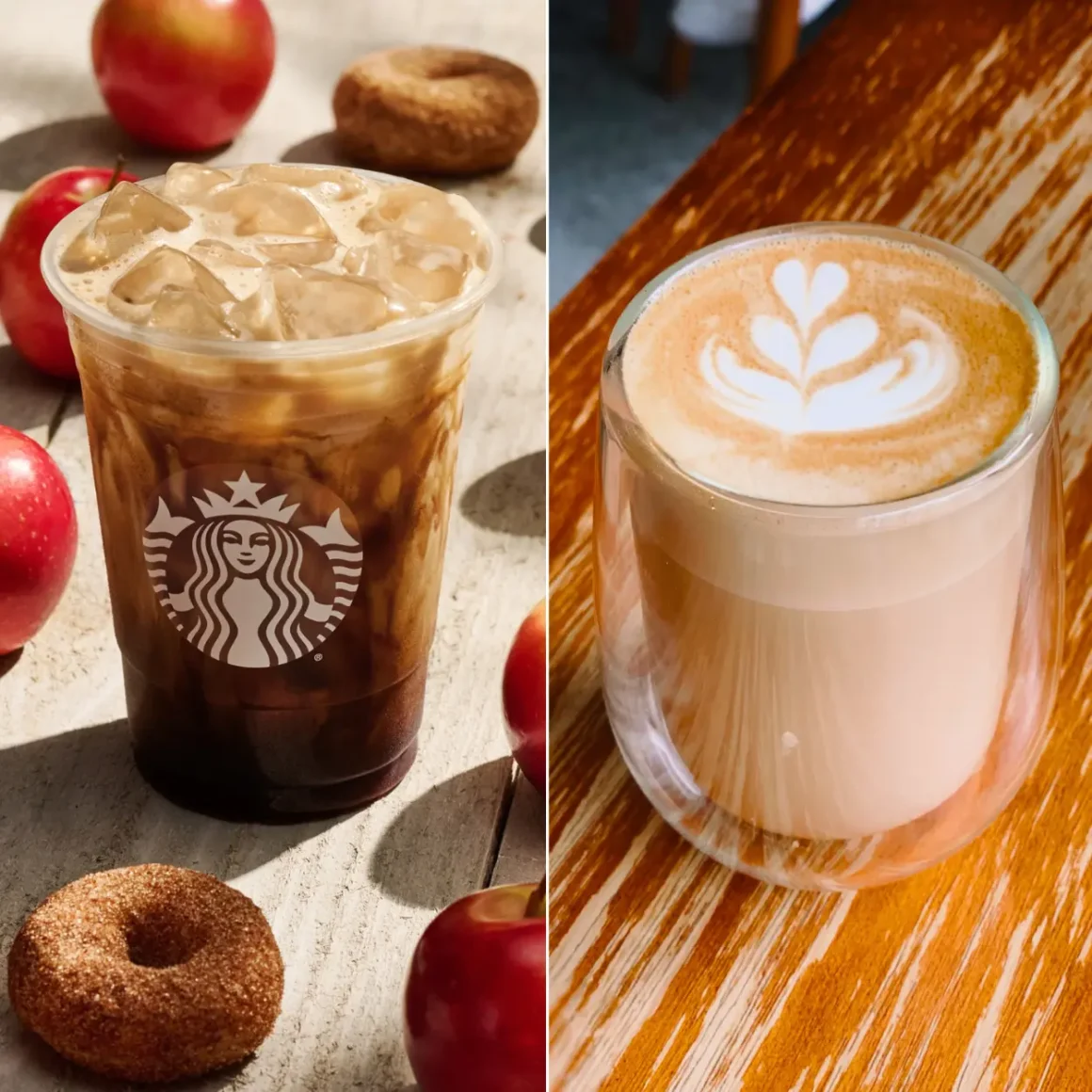
The world of coffee is rich and diverse, offering a spectrum of flavor profiles to suit any palate. When it comes to distinguishing the taste nuances between a shaken espresso and a latte, each beverage presents its own unique set of flavors and textures that cater to different preferences and moments.
Shaken Espresso
A shaken espresso delivers a robust and refreshing flavor profile that’s both nuanced and vibrant. It is the perfect choice for those who appreciate a strong coffee taste but with a smoother finish than a traditional shot of espresso.
- Intensity: The double shot of espresso provides a concentrated coffee experience. The flavor is bold and rich, with notes that can range from chocolatey to fruity, depending on the beans used.
- Temperature and Texture: Shaking espresso with ice not only cools the drink but also adds a certain lightness. The ice dilutes the espresso slightly and introduces air, creating a frothy layer on top. This results in a chilled beverage with a silky mouthfeel.
- Balance: Unlike hot espresso, which can sometimes feel overpowering, the shaking process tempers the intensity, creating a harmonious balance between the strong coffee base and the light, airy foam.
The shaken espresso stands out for its pronounced coffee flavor that is both refreshing and refined. It’s a beverage that can be enjoyed quickly for a swift caffeine kick or savored slowly on a hot day.
Latte
A latte is synonymous with comfort, offering a milder flavor that combines the richness of coffee with the creamy sweetness of milk.
- Milkiness: The star of a latte’s flavor profile is the steamed milk, which softens the boldness of the espresso. The milk’s sweetness complements the coffee, resulting in a harmonious blend that is soothing and palatable.
- Warmth and Smoothness: The textural experience of a latte is as important as its taste. The steamed milk creates a warm and smooth beverage, perfect for sipping. The microfoam milk adds a luxurious feel, making every mouthful velvety.
- Subtlety: For those who find straight espresso too intense, a latte provides a gentle introduction to coffee. The espresso in a latte is more of a subtle hint, creating a flavor profile that is understated yet sophisticated.
In essence, the latte is ideal for those who enjoy the essence of coffee but prefer a less intense, milk-forward drink. It is also the perfect canvas for flavored coffee syrups and spices, making it a versatile option for all times of the day.
When choosing between a shaken espresso and a latte, the decision often comes down to the desired intensity of coffee flavor and the preferred balance of milk and coffee. Whether you crave the robust, chilled punch of a shaken espresso or the soothing, creamy embrace of a latte, both drinks offer distinct and delightful flavor profiles that cater to varied tastes and moods.
Shaken Espresso vs Latte: Caffeine Content
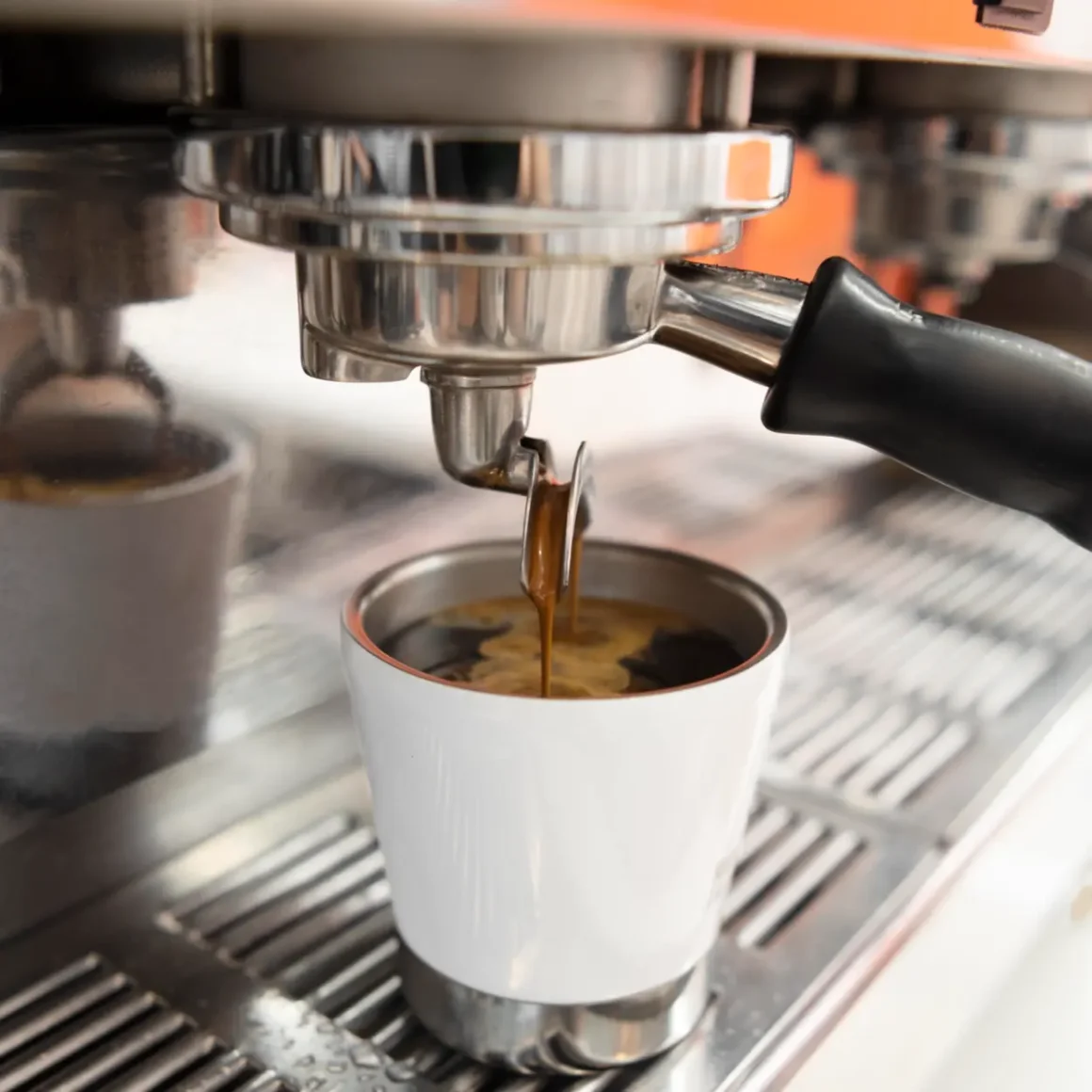
The caffeine content in coffee beverages is a crucial aspect for consumers looking to either kickstart their day or enjoy a milder boost. The shaken espresso and lattes differ significantly in their caffeine levels due to the differences in preparation and the amount of coffee used in each.
Shaken Espresso
The shaken espresso is known for its concentrated kick of caffeine, as it typically uses a double shot of espresso as its base.
- Concentrated Kick: A standard double espresso shot can contain about 60-125mg of caffeine, providing a robust burst of energy. (3) In a shaken espresso, this concentrated dose isn’t diluted much by the added water or ice, ensuring a strong caffeine presence.
- The Cold Brew Factor: Some people confuse shaken espresso with cold brew, but they’re not the same. Cold brew typically has more caffeine per ounce, but shaken espresso offers a more immediate release of caffeine, leading to a quicker energy boost.
- Caffeine Comparisons: Compared to other coffee drinks, shaken espresso packs more caffeine per ounce. It’s significantly stronger than a regular cup of coffee, which averages about 95mg of caffeine for an 8-ounce serving, and provides a more potent caffeine hit than a latte due to less dilution.
Latte
In contrast to the shaken espresso, a latte offers a milder caffeine experience, which is ideal for those who want a gentle lift rather than a jolt.
- Mild Caffeine: The presence of milk in a latte greatly increases its volume without adding any additional caffeine, making it a milder choice. A single shot of espresso in a latte may have about 30-60mg of caffeine, which is less intense per fluid ounce than a shaken espresso.
- Espresso Influence: While the caffeine content in a latte is lower, it’s important to note that the espresso still plays a crucial role. It provides the foundational flavor and caffeine, but the larger proportion of milk tempers the overall effect.
- Decaf Options: For those who enjoy the flavor of coffee without the stimulant effect, lattes are easily adapted to a decaffeinated coffee version, which can contain as little as 2-5mg of caffeine per shot, making it an ideal evening drink.
When enjoying either a shaken espresso or a latte, it’s essential to be mindful of the daily caffeine limit recommended for adults, which is generally around 400mg. (4) Those needing a stronger, immediate boost may opt for the former, while others preferring a gentler, more gradual experience might lean toward the latter. Consuming multiple servings of these beverages, particularly shaken espressos, could bring one close to or exceed this threshold, potentially leading to caffeine-related side effects such as restlessness or insomnia. Always consider your own sensitivity to caffeine and tailor your intake accordingly.
Latte vs Shaken Espresso: Nutritional Comparison
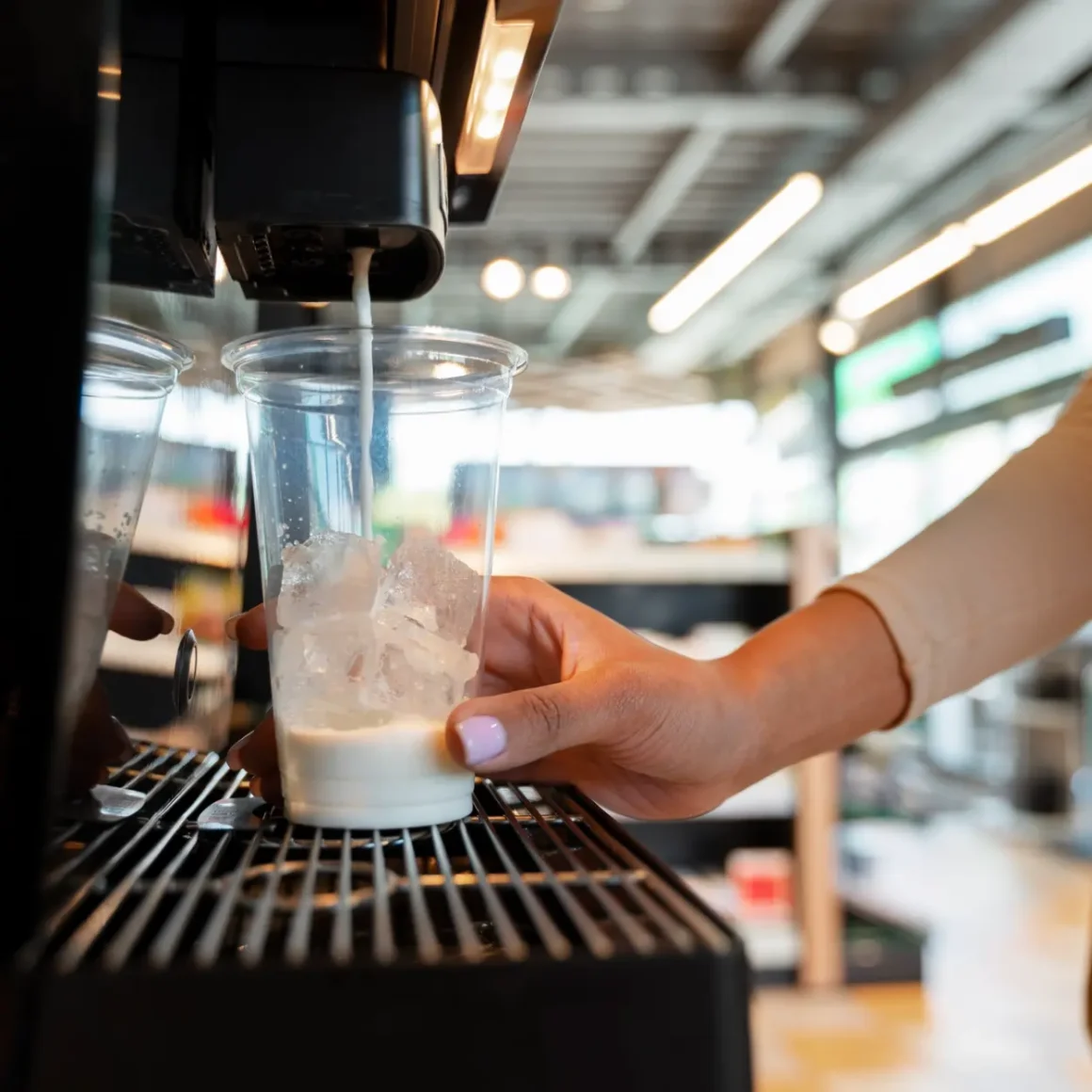
For health-conscious individuals or those simply curious about their daily intake, comparing the nutritional content of a latte and a shaken espresso can be enlightening. These popular coffee beverages can vary significantly in calories, sugar, and fat content depending on their ingredients.
Shaken Espresso
Shaken espresso tends to be a lower-calorie option compared to a latte, particularly if it’s made without added sugars or syrups. Here’s what you can generally expect from a standard shaken espresso:
- Calorie Content: As previously discussed, a shaken espresso typically combines a double shot of espresso with about 1/4 cup of 2% milk or oat milk and ice, shaken until frothy. This small amount of milk adds a modest number of calories, making the drink generally low in energy but slightly higher than plain espresso.
- Sugar and Fat: The milk component contributes both sugar in the form of lactose and a small amount of fat. Even so, if no additional sugar or flavored syrups are introduced, a shaken espresso remains relatively low in both sugar and fat.
- Protein and Carbohydrates: With the inclusion of milk, a shaken espresso does offer some protein and carbohydrates, but in modest amounts. For those on a low-carb diet, substituting full milk with low-carb plant-based alternatives like almond or coconut milk can be a good strategy.
- Additive Variations: If one opts for variants like an oatmilk shaken espresso, the nutritional profile will change. Oat milk adds to the calorie, sugar, and carb content, although it still generally contains less than what’s found in a latte.
Latte
A latte is more indulgent in its nutritional profile due to the higher milk content, which contributes to its calorie, fat, and protein count.
- Calorie Content: The bulk of a latte’s calories come from the milk. A standard latte with whole milk can range from 100 to 200 calories, depending on the size of the beverage.
- Sugar and Fat: While espresso itself doesn’t contain sugar or fat, whole milk contributes both. Reduced-fat or non-dairy milks can alter these amounts, but sweetened flavored lattes can have significantly more sugar.
- Protein and Carbohydrates: The milk in a latte provides both protein and carbohydrates, making it a more substantial drink that can help stave off hunger. For instance, an 8-ounce serving of whole milk has about 8 grams of protein and 12 grams of carbohydrates.
- Customization and Dietary Considerations: A latte’s nutritional content is highly customizable. Choosing skim or plant-based milk can reduce calorie and fat content, while added syrups and flavors can increase sugars and calories.
A shaken espresso is a suitable option for those looking for a low-calorie, low-carbohydrate caffeine fix, while a latte provides more energy in the form of calories and can be a part of a nourishing, balanced diet, especially when customized to personal health goals and taste preferences. Understanding the nutritional comparison between these two popular coffee drinks is beneficial for maintaining dietary balance while enjoying the rich flavors of coffee.
Popular Variations
The coffee culture is continually evolving, with innovative twists on classic beverages like the shaken espresso and latte. These variations cater to diverse tastes and occasions, from a refreshing summer drink to a sophisticated cocktail or a cozy spiced beverage.
Shaken Espresso Variations

In the realm of iced shaken espresso vs latte, shaken espresso offers a versatile foundation for creative variations that maintain the signature vigorous caffeine punch while introducing new flavor profiles and textures.
- Shakerato: This Italian classic is a simple yet delightful twist on the traditional espresso. It involves shaking a double shot of espresso with ice (and sometimes a bit of sugar) until it’s frothy and chilled, then strained into a glass, often garnished with a twist of lemon or orange peel.
- Espresso Tonic: A modern and refreshing concoction that combines the rich taste of espresso with the quinine tang of tonic water. It’s served over ice, often with a wedge of citrus, bridging the gap between the worlds of coffee and soft drinks.
- Espresso Martini: A sophisticated cocktail for coffee aficionados, the espresso martini is a blend of vodka, coffee liqueur, and a shot of espresso, vigorously shaken with ice. It’s a perfect after-dinner drink that delivers both a caffeine kick and a smooth alcoholic warmth.
Latte Variations

Lattes, on the other hand, lend themselves to a more indulgent and dessert-like experience, with the addition of syrups and spices complementing the creamy texture of steamed milk.
- Caramel Latte: A decadent variation that incorporates caramel syrup into the classic latte for a rich, buttery sweetness. It’s often topped with whipped cream and a drizzle of caramel sauce, making it a popular choice for those with a sweet tooth.
- Vanilla Latte: Infused with vanilla syrup or extract, this latte variation offers a smooth, sweet flavor that is both comforting and uplifting. It’s a favorite among those who prefer their coffee on the sweeter, milder side.
- Chai Latte: A spicy and aromatic take on the traditional latte, the chai latte blends black tea with a mixture of warming spices like cinnamon, cardamom, and ginger. Steamed milk is added to create a soothing, flavorful drink that’s perfect for cooler weather or when you’re in the mood for something a bit different.
Whether you’re in the mood for a zesty and refreshing iced shaken espresso or a comforting and sweet latte, these popular variations ensure there’s always a coffee drink to match your preference. They demonstrate the incredible adaptability of coffee as a beverage and highlight the endless possibilities for innovation within the world of coffee.
Comparing Popular Variations
As we delve deeper into the dynamic landscape of coffee, the distinctions between each drink’s composition and character become more intriguing. This section compares and contrasts the refreshing zest of the shaken espresso with its Italian cousin, the Shakerato, and examines how the chilled, creamy world of the iced latte stands up against the frothy shaken espresso. These comparisons not only highlight the subtleties in taste and texture but also the cultural nuances that define our coffee experiences.
Shaken Espresso vs Shakerato
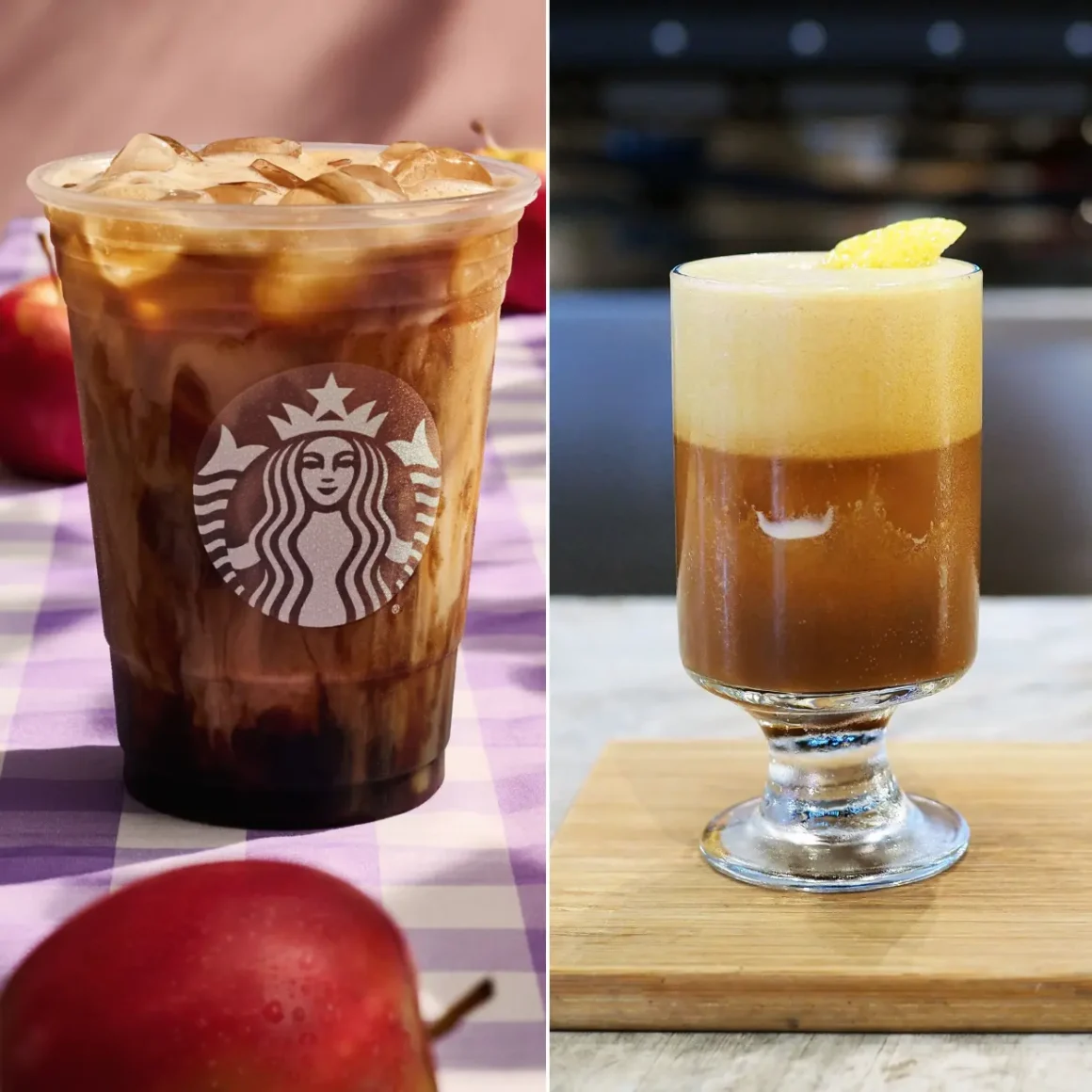
At first glance, a shaken espresso and a Shakerato might appear identical, but they are distinct in preparation and taste.
Shaken Espresso:
- Preparation: As previously mentioned, a shaken espresso typically involves a double shot of espresso poured over ice, vigorously shaken to create a frothy texture, and then strained into a glass, often with a splash of milk added after the shaking.
- Flavor Profile: This drink offers a harmonious blend of the bold espresso taste with a smooth, chilled texture, and the milk softens the sharpness of the espresso.
Shakerato:
- Preparation: Originating from Italy, the Shakerato also begins with a double espresso but often includes a sweetening agent like simple syrup. The mixture is shaken until frothy and served immediately without milk.
- Flavor Profile: It presents a sweeter, more dessert-like experience with a pronounced frothiness and a more intense coffee-forward taste, due to the absence of milk.
While both drinks are shaken and iced, the key differences lie in the sweetness and the optional inclusion of milk in the shaken espresso, which isn’t traditional for a Shakerato.
Iced Latte vs Shaken Espresso

When it’s time to cool down with a refreshing coffee, deciding between an iced latte and a shaken espresso might come down to personal taste and texture preference.
Iced Latte:
- Composition: An iced latte is made with a shot of espresso and a larger proportion of cold milk, and it’s typically served over ice without shaking.
- Taste and Texture: The result is a creamy and smooth beverage with a mild coffee flavor, making it a favorite for those who enjoy the taste of milk with a hint of coffee.
Shaken Espresso:
- Composition: As discussed, this drink includes a double shot of espresso and a modest amount of milk, shaken with ice to create a frothy texture.
- Taste and Texture: It offers a more pronounced espresso flavor, a lighter body due to less milk, and a refreshing chill from the ice, appealing to those who favor a stronger coffee taste with a velvety texture.
In essence, the iced latte is for those who prefer a milkier, more subtle coffee experience, while the shaken espresso caters to those who enjoy the taste of a more robust coffee with a chilled, frothy twist.
Conclusion
The debate between an iced shaken espresso vs latte captures the essence of coffee’s versatility. Whether you crave the invigorating punch of a chilled, vigorously shaken espresso or the comforting embrace of a steamed milk latte, each beverage offers its own unique experience. This detailed comparison has journeyed through the complexities and joys of coffee craftsmanship, affirming that whether your preference leans towards the robust or the rich, the world of coffee has a creation just for you.
Wondering how the Espresso or Latte measures up to other coffee options? Take a look at our other comparison guides:
FAQ
Which coffee drink has more calories, shaken espresso, or latte?
A latte typically has more calories than a shaken espresso because it contains more milk.
Can you make a decaffeinated version of both shaken espresso and latte?
Yes, you can make decaffeinated versions of both drinks using decaf espresso beans.
What are some creative ways to customize a latte?
To customize a latte, you can add flavored syrups, and spices like cinnamon or nutmeg, or try alternative milks like almond or coconut for a different taste.
Are there any health benefits associated with drinking shaken espresso or latte?
Both drinks can offer health benefits; shaken espresso has lower calories and can provide a quick energy boost, while lattes provide calcium and protein from the milk.

